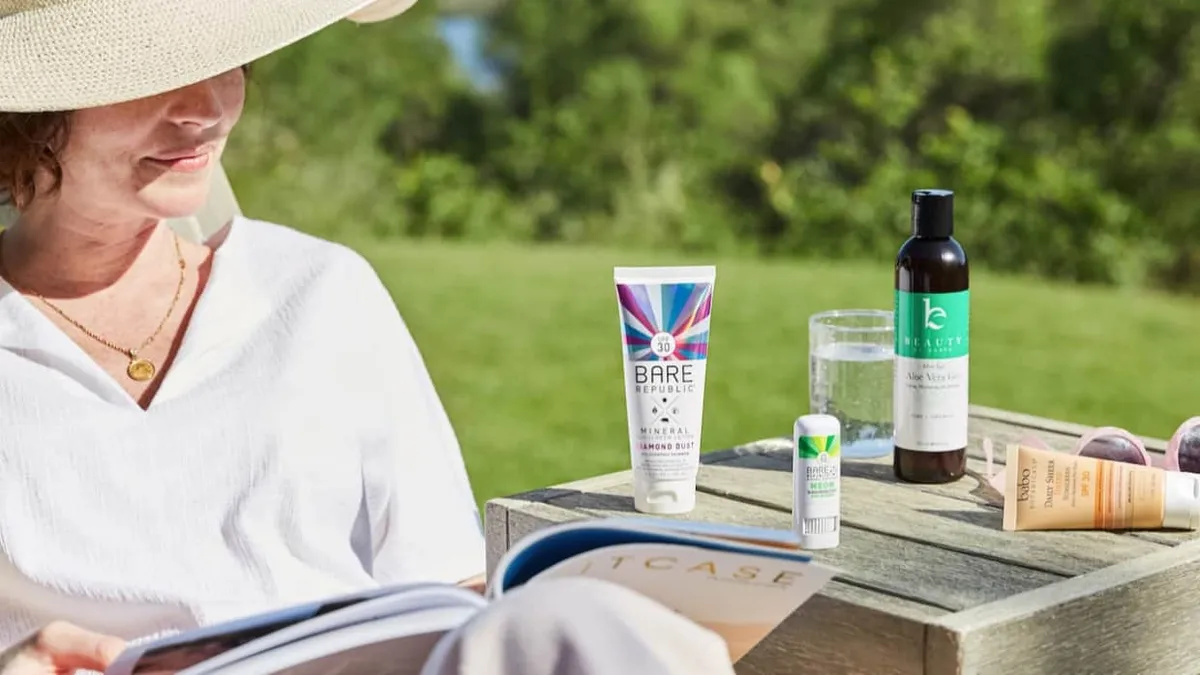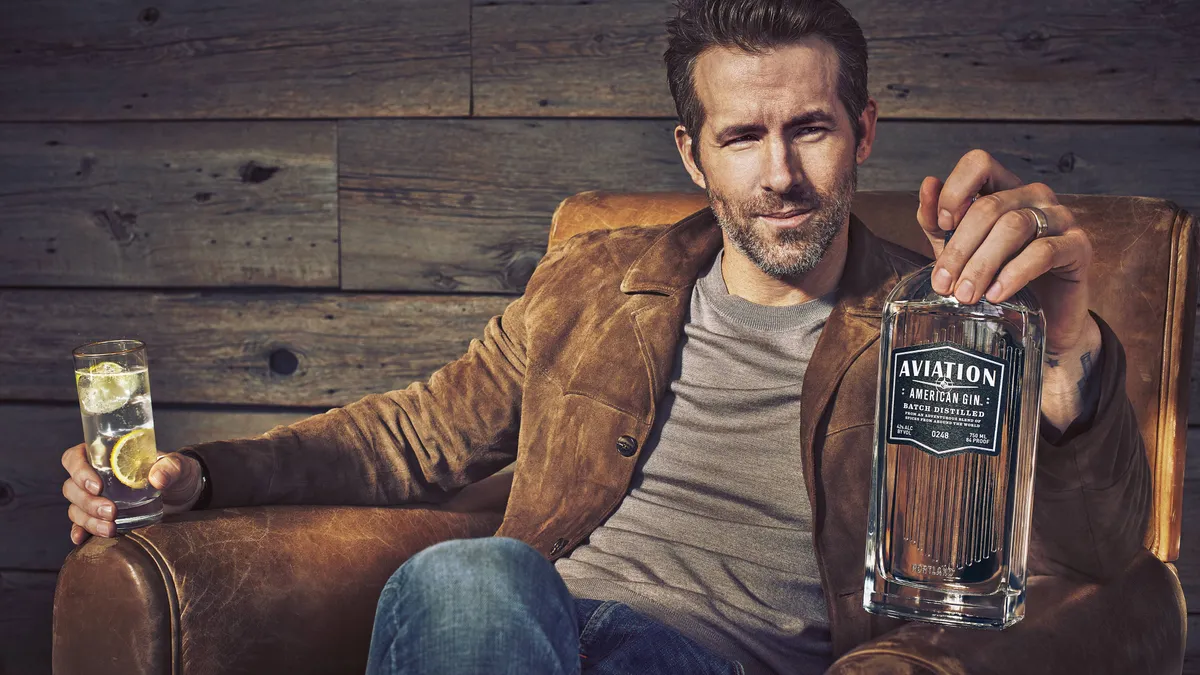Social media 360-degree photos and video offer an opportunity for brands to create more immersive and user-friendly experiences for their ideal customers. In addition to having potentially positive benefits on marketing and SEO efforts, 360-degree media can also help brands set themselves apart from independent social media influencers.
Companies like Getty Images have seen success with 360-degree photo and video pushes, prompting them to further explore the medium moving forward. The success makes sense given that studies have found video marketing engages consumers, sometimes more than traditional advertising. Over 50% of marketing experts cite video as having the best return on investment out of all the methods they use to get the word out about a brand.
It’s smart to use video on social media — including newer offerings like Instagram's 360-degree videos — to make a brand stand out from all the noise on the internet.
"Social media has become an essential channel for brands to engage directly with consumers and tell their story in an impactful way," said Getty Images Head of VR Anthony Holland Parkin. "And they must balance maintaining their unique brand identity while also staying fresh and relevant, exploring innovative technologies and formats.
"More specifically, technological advancements in photography like 360-degree cameras have given photographers and brands the tools to tell stories from new vantage points that are still outside the realm of the casual social media photographer," he added.
The benefits and challenges
360-degree videos take an all-angles approach to the channel and are considered by some to be a form of virtual reality (VR). These types of immersive formats can be more effective than a traditional video in sparking an emotional response in viewers. Users can interact with the video to choose the content they want to view and engage with. This works especially well with mobile devices because the user can simply adjust their phone to change their perspective.
However, the video is only as good as the panoramic shot a brand takes. This means that if marketers are working on a low budget and not very good with taking photos and videos, the result might not be that great, leading to a poor user experience. This can impact how users view a brand overall.
Strategic applications
360-degree photos are unique in that, despite potentially being more complicated to successfully create for brands, they are generally easier to use for consumers — and digital marketing professionals say therein lies the secret to success.
"In 2017, user engagement metrics are more important than ever across all forms of digital marketing," said Ryan Maake, a marketing specialist at WebpageFX, Inc. "While Google may not depend on user engagement metrics directly as far as SEO goes, focusing on proper UX and 'putting the user first' when working on a website will, in turn, cause you to create the type of content that does tend to rank better.
360-degree photos and videos are a great example of this," he added. "They encourage user interaction and are much better to work with from a UX standpoint than having to scroll through a series of photos that depict the same thing."
While there are certainly opportunities for the strategic use of 360-degree photos and video, that's not to say that the technology doesn't have its unique set of challenges to overcome.
What works and what doesn't
There are both pros and cons to using 360-degree photos and videos in marketing efforts: Pros include that they're more immersive experiences for the user, and younger consumers especially will appreciate the benefits of this type of technology.
Additionally, through such UX, 360-degree photos and video can send clearer signals to search engines, which could improve brands' SEO.
"Including 360 photos and videos on your pages can help increase user dwell time," Maake said. "They can also reduce 'pogo-sticking,' which is when a user clicks on a search result but immediately bounces back to the results page and instead clicks on a different result (signaling to Google that the first result was not a very good one).
"This can go both ways, though, so don't use 360 photos and videos just because you can," he said. "Use them when they make sense, and when they're helpful to your users."
Holland Parkin also points out the appeal that 360-degree photos and video have when ti comes to marketing around big events.
"For example, consumers head to Instagram during Fashion Week for a real-time look at next season's trends," he said. "Now, instead of just viewing photographs from behind-the-scenes or on the runway, it's possible to explore the entire show, from all vantage points, as if you were there."
Looking to the future, Holland Parkin says monetization options for 360-degree photos and video are expected to ramp up, too.
"In the future, we also expect that a convergence of advancements in mobile payment technology and advertising will allow consumers to purchase an item while within an experience," he said. "This type of engagement is much more likely to drive conversion and is an exciting prospect for a brand."
Yet, while it's easy to get wrapped up in the excitement of such new advertising opportunities, there are still some things mobile marketers should be cautious of with this technology.
For one thing, some people simply won't like the format. It may not stream correctly for them or they may find it confusing — especially if the target audience tends to be older adults who are oftentimes less tech-savvy than younger audiences.
Brands using 360 effectively
Probably one of the best ways to learn to use 360-degree videos successfully is to study what other companies are doing and learn from their success.
British luxury retailer Ted Baker is one example of a brand using 360-degree stories to make an impact in its advertising campaigns. It uploaded short videos of a show and also offered 360-degree shoppable films for the effort. This helped shoppers see products up close and interact with them online.
Nescafe is another brand utilizing 360-degree videos to showcase what it does and how it does it. Storytelling is an important part of engaging an audience and these videos provide that. Nescafe's push follows how it produces its coffee, including harvesting the coffee beans. Combined with an interesting tagline of "Dive into the world of Nescafe," the campaign puts a premium on immersion.
Getty Images has also been jumping into the world of 360-degree videos and broader VR full force.
"Many of our staff editorial photographers are equipped with a 360 camera to cover the world’s biggest events," Holland Parkin said, noting they've used the technology to cover everything from the Rio 2016 Olympics to the Oscars. He said Getty Images will continue to increase the volume and variety of 360/VR content available via its service while staying abreast of the technological innovations that are inherent to the medium.
"As stitching is simplified and 360 cameras get smaller and easier to operate, 360 capture will become commonplace" he added. "Resolutions are continually increasing. Stereoscopic 360/VR footage is becoming more readily available and Facebook and Microsoft are both working on volumetric capture. All of these innovations have great potential for our customers looking to differentiate their brands and storytelling."
Even though VR-like videos are probably best for industries such as travel or real estate — where users can shop their way through a house and see it from all angles — there really isn't any limit to the ways brands can integrate the technology.
Instagram is just one social media platform where marketers can start to offer 360-degree photos and videos to their followers. Facebook, which owns Instagram, has started to offer the technology on a broader scale, meaning other platforms won't be far behind.
All this means it's a good time to test out this type of marketing and see what it can do for a brand now before it reaches mass adoption and the space becomes more competitive.












